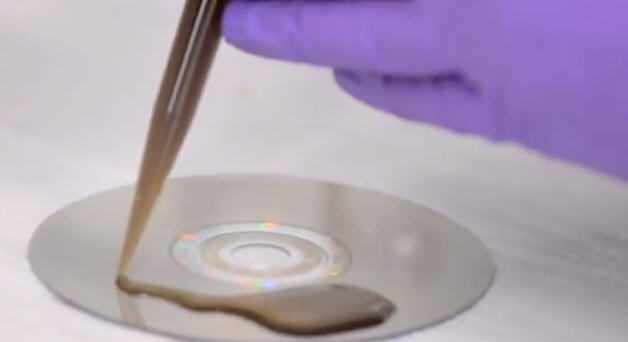PROGRESS: Scientists Made Lightning-Fast Graphene CPUs
Aug 22, 2013 20:56

Graphene. The magic material that has the power to make faster / fastest transistors ever. Scientists haven't figure that part out yet, but they've nonetheless taken a step to making graphene transistors work for real.
They aren't just fast. As an example, the speediest one to date clocks in 427GHz. The problem with them though is that they aren't good at turning off. In fact, they don't at all.
Guangxiong Liu and a team of researchers from University of California have come up with a practical solution for that. MIT's Technology Review explains:
[Liu and the team] rely on a different phenomenon called negative resistance to create transistor-like behaviour.
Negative resistance is the counterintuitive phenomenon in which a current entering a material causes the voltage across it to drop. Various groups, including this one at Riverside, have shown that graphene demonstrates negative resistance in certain circumstances.
Their idea is to take a standard graphene field-effect transistor and find the circumstances in which it demonstrates negative resistance (or negative differential resistance, as they call it). They then use the dip in voltage, like a kind of switch, to perform logic.
Negative resistance is the counterintuitive phenomenon in which a current entering a material causes the voltage across it to drop. Various groups, including this one at Riverside, have shown that graphene demonstrates negative resistance in certain circumstances.
Their idea is to take a standard graphene field-effect transistor and find the circumstances in which it demonstrates negative resistance (or negative differential resistance, as they call it). They then use the dip in voltage, like a kind of switch, to perform logic.
Still, real applications of graphene are still a long way from now and there's a lot of testing that needs to be done. Nevertheless, progress right? [MIT Technology Review]







































































